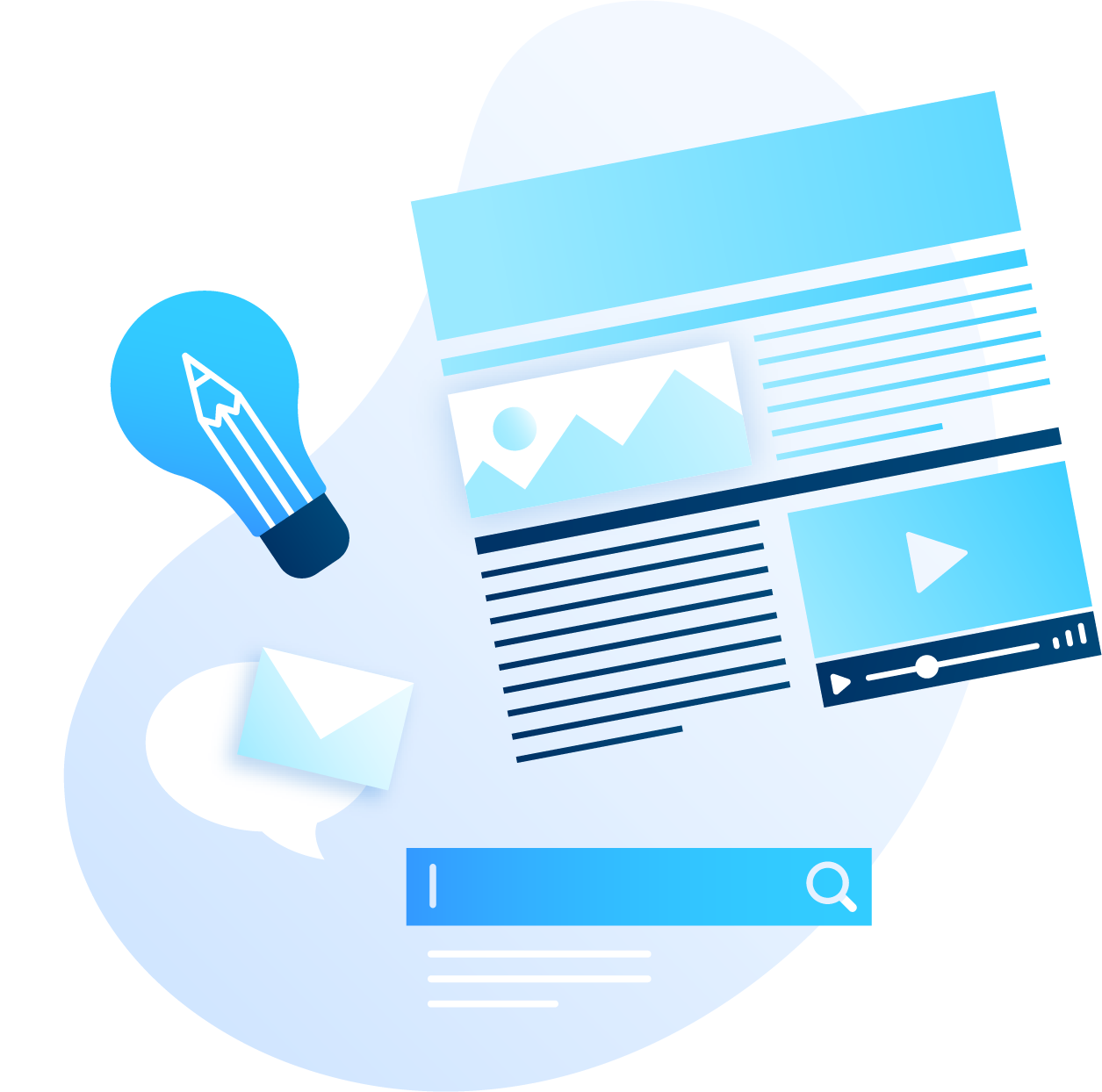The foundation for successful services relies on a company’s ability to scale delivery capabilities by building effective self-help and digital engagement channels.
The use of self-help and digital engagement does not diminish customer intimacy when done right, in fact there are more opportunities to build and sustain relationships virtually, freeing staff to engage in more personal ways when needed.
The measure of success for Self-Help and Digital Engagement must be based on customer use, adoption and outcomes, not simply the scope of what is offered – more is not always better.
A Framework for Measuring Digital Interactions
Review the steps below to define or refine your self-help and digital engagement strategy and to implement necessary metrics to track performance and impact.
- Establish Self-Help and Digital Engagement Goals
- Measure the Impact of Self-Help and Digital Engagement
1. Establish Self-Help and Digital Engagement Goals
Clearly define the goals and objectives for your Self-Help and Digital Engagement initiatives. Consider the following.
Establish the definition of success and align metrics to track progress against goals.
Establish clear goals and objectives that align with overall service business objectives.
Develop holistic customer engagement-oriented measurement strategy to transcend all service delivery channels.
Measure all customer interactions, do not over emphasize phone-centric metrics nor diminish the value of self-service or electronic interactions.
Emphasize behavioral metrics to describe why customers do what they do.
Make sure that transactional data and trends can be explained by behavioral data from surveys and direct customer feedback.
Measure the efficiency by which you allocate resources to deliver services and the effectiveness of service delivery efforts.
Establish metrics that can demonstrate how changes in resource allocation and focus can affect desired business outcomes (loyalty, retention, revenue, etc.)
2. Measure the Impact of Self-Help and Digital Engagement
Use the following metrics to assure that your team is achieving your digital engagement goals.
Rate of Digital Engagement
Success Metrics: Transactions, Rate of Registration, Frequency of Participation, Quality of Engagement
Self-Resolve Rate
Success Metrics: Success Rate, Resolution, Deflection
Brand affinity, Positive messaging
Success Metrics: Views, Likes, Sentiment, Affinity, Retention, Repurchase, and Recommendations
Frictionless Digital to Assisted Escalation
Success Metrics: On-line case initiation (after self-help), Ratio of web support to live cases
Adoption of digital channels
Success Metrics: Ratio of on-line to assisted interactions, community membership, C-SAT, Discovery and documentation of new issues.
Now is the time to develop capabilities to respond to customers’ willingness to help themselves and to build expert communities. Download The Essential Guide to Self-Service Success for more insights about how to build and effective self-help and digital engagement capability.
Want to know where your self-service and digital engagement initiatives stand relative to market leaders? get your free, customized self-help assessment benchmark report with a 5-minute assessment.
For more insights and guidance on optimizing your customer support strategies contact ServiceXRG.




